Federal Disaster Assistance and Emergency Relief Programs: Selected Reviews
Nearly all major roads and bridges in the United States are part of the federal-aid highway system and are therefore eligible for assistance from the Emergency Relief Program (ER) of the Federal Highway Administration (FHWA). ER assistance is restricted to roads and bridges on the federal aid highway system, which essentially includes all public roads not functionally classified as either local or rural minor collectors. For disaster-damaged roads that are not federal-aid highways, states may request reimbursement for emergency road repairs from the Federal Emergency Management Agency (FEMA). FEMA may also allow limited funding under its Public Assistance Program for such things as snow removal and related operating costs during extreme snowfalls, which are not eligible for ER funds. This book describes FHWA assistance for the repair and reconstruction of highways and bridges damaged by disasters or catastrophic failures. It begins with a brief discussion of the legislative origins of federal assistance, and then addresses eligibility issues and program operation. Moreover, this book discusses agricultural disaster assistance; presents backgrounds on emergency agricultural land assistance programs; describes snow assistance and assistance for severe winter storms, the declaration process, the criteria used to make eligibility determinations, and the types of assistance that are provided after the President has issued a major disaster declaration for the incident; discusses federal non-agricultural programs for emergency water assistance during droughts; commercial fishery disasters; and examines the Disaster Unemployment Assistance (DUA) benefits.
{{comment.content}}
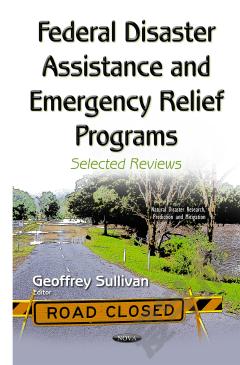
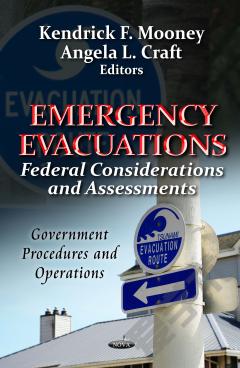
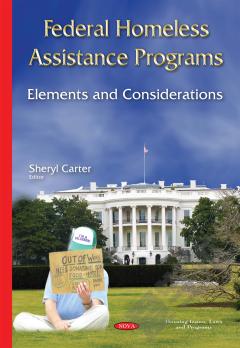
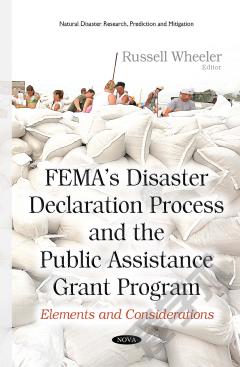


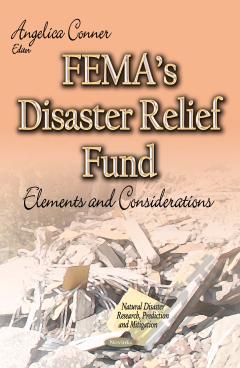

 京公网安备 11010802027623号
京公网安备 11010802027623号